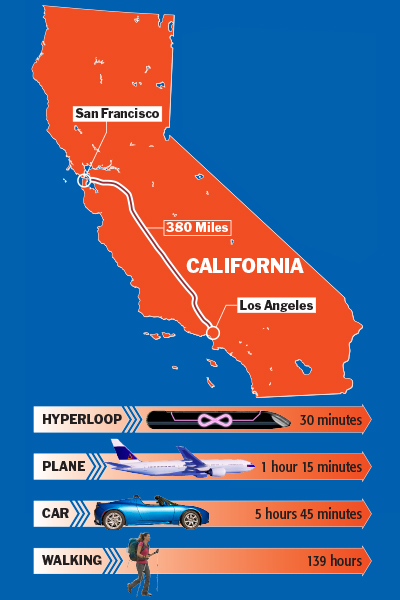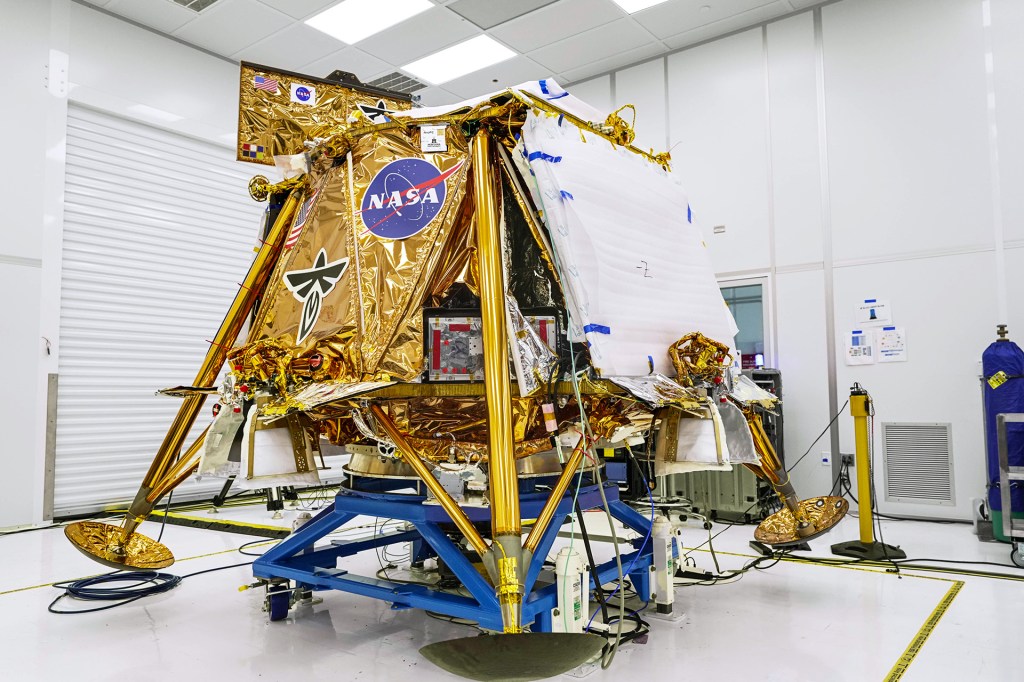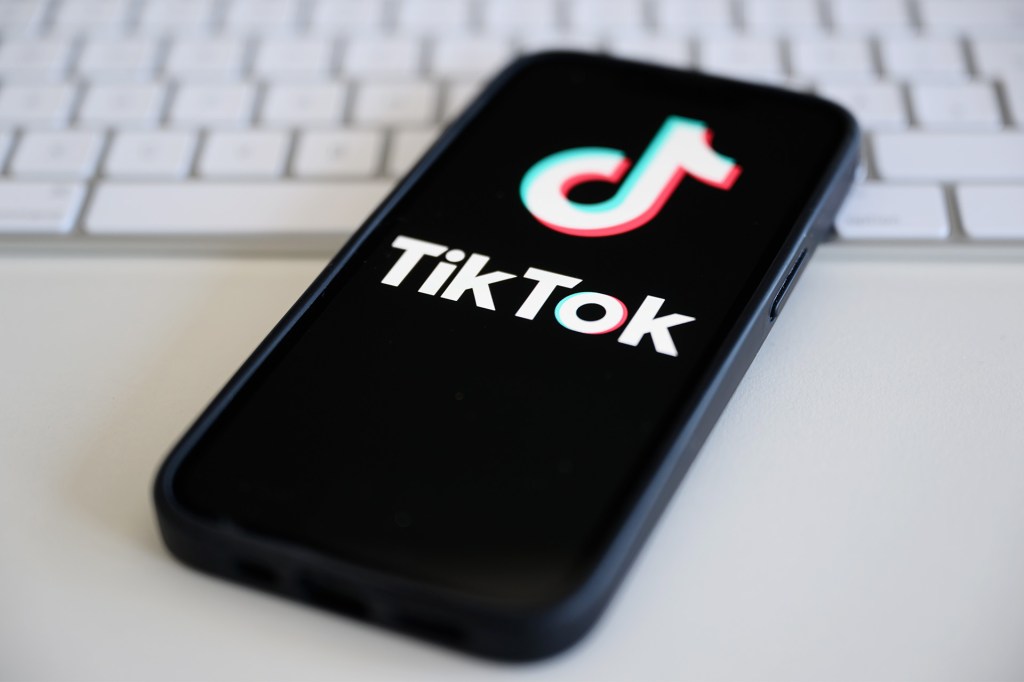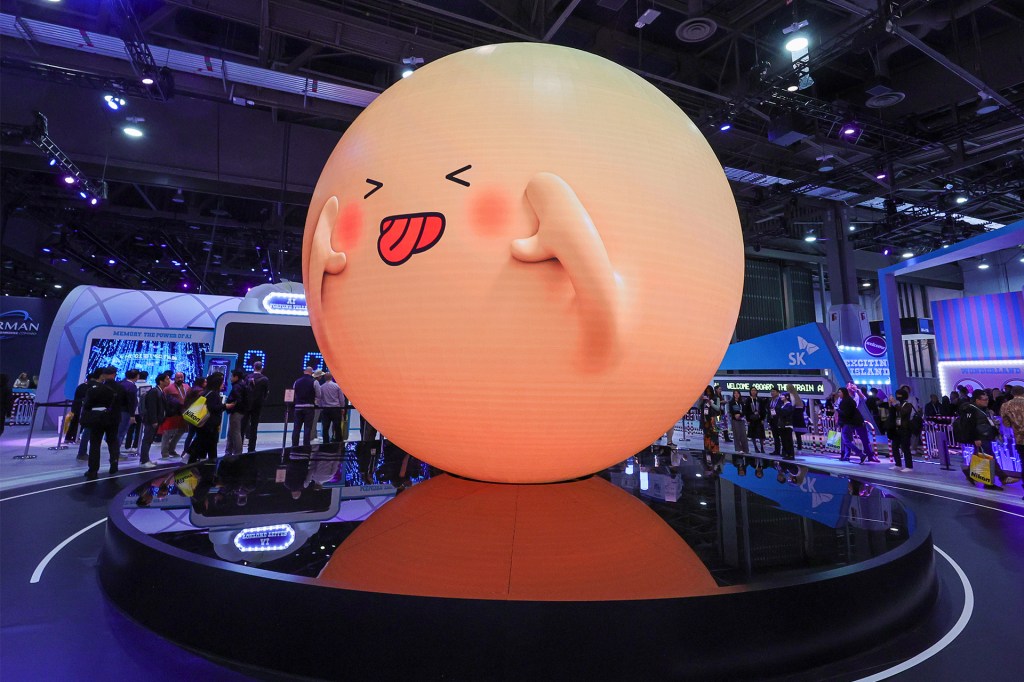Fast Forward

A big idea called the Hyperloop could revolutionize travel. But there’s still a long way to go.
Three years ago, technology billionaire Elon Musk shared a big idea. He proposed a new kind of transportation system. It would involve seating people in pods that would travel in special tubes. The pods would zip through the tubes, powered by fans or magnets, at speeds topping 700 miles per hour.

The Hyperloop could change how we travel. But it will be a long time before the idea becomes a reality.
HYPERLOOPAt the time, Musk was occupied with other big projects. His company Tesla builds electric cars. Another one, SpaceX, creates space-travel technology. So instead of developing the tube-transport technology himself, Musk shared his thoughts with the public. He challenged the world to build the system, which he called the Hyperloop. And his challenge is working.
Speeding Toward Tomorrow
On May 11, the Hyperloop took its biggest-yet step toward reality. One of two leading companies working on the concept, Hyperloop One, successfully and publicly tested its propulsion
propulsion
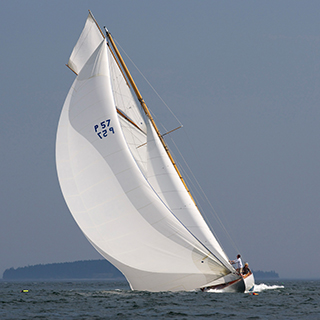 ALISON LANGLEY—GETTY IMAGES
the action of pushing something forward
(noun)
A sailboat uses wind as its source of propulsion.
system in the Nevada desert. The company sent a sled from zero to 105 miles per hour in slightly more than a second. The sled ended its 400-foot journey in a pile of sand.
ALISON LANGLEY—GETTY IMAGES
the action of pushing something forward
(noun)
A sailboat uses wind as its source of propulsion.
system in the Nevada desert. The company sent a sled from zero to 105 miles per hour in slightly more than a second. The sled ended its 400-foot journey in a pile of sand.
The Hyperloop One test is a significant moment in Hyperloop history. But the propulsion system is only one aspect of a working Hyperloop. Also required is some kind of levitation
levitation
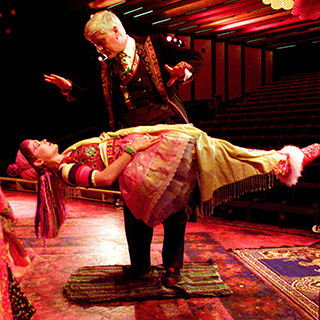 FAIRFAX MEDIA/GETTY IMAGES
the act of hovering or rising in the air
(noun)
The magician said he used the power of levitation.
system. It needs to lift a pod above its track, increasing its speed. And a low-pressure tube is needed for the pod to reach high speeds. Hyperloop One has yet to show the public either of these elements. But it has promised a full-scale demonstration by the end of this year.
FAIRFAX MEDIA/GETTY IMAGES
the act of hovering or rising in the air
(noun)
The magician said he used the power of levitation.
system. It needs to lift a pod above its track, increasing its speed. And a low-pressure tube is needed for the pod to reach high speeds. Hyperloop One has yet to show the public either of these elements. But it has promised a full-scale demonstration by the end of this year.
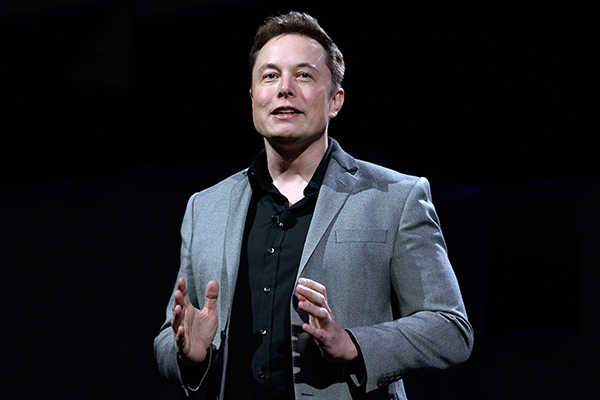
Tesla and SpaceX CEO Elon Musk came up with the Hyperloop idea.
KEVORK DJANSEZIAN—GETTY IMAGESEven if the Hyperloop is shown to be technologically possible, it will face many challenges. Government involvement and regulations could be stumbling blocks. So could money. Experts say that a Hyperloop route from San Francisco, California, to Los Angeles, California (see “Hyperspeed”), could cost $6 billion to build. Some say even that estimate is too low.
Still, the executives at Hyperloop One say the test shows that it will be the first company to construct a successful Hyperloop. “We can assure you that we’re the one company that’s ahead of all the others in executing on this vision,” said CEO Rob Lloyd before the test.
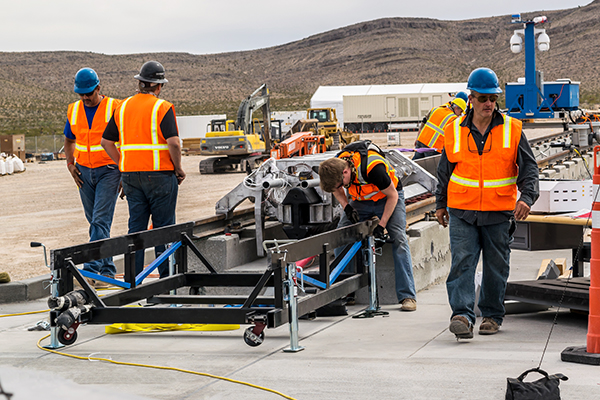
Workers prepare the Hyperloop One testing site, near Las Vegas, Nevada.
JOSHUA CALDWELLRace to the Finish
Lloyd’s comments were a direct shot at Hyperloop Transportation Technologies. That company is working on a Hyperloop system of its own. The two companies are viewed as contestants in a race to build the Hyperloop.
Which of the two firms will win this race—if the race is won at all—remains to be seen. And looming over all of this activity is Musk himself. He has so far been involved in the Hyperloop only from a distance. But the SpaceX and Tesla chief is not known for his hands-off approach. Should one Hyperloop company begin to emerge as a strong leader, it’s likely that Musk will come out of the shadows to provide a final push.
Hyperspeed
Experts say that the Hyperloop will be able to take passengers from San Francisco, California, to Los Angeles, California, in about half an hour. That’s less time than the trip on any currently available transportation—including a plane!
